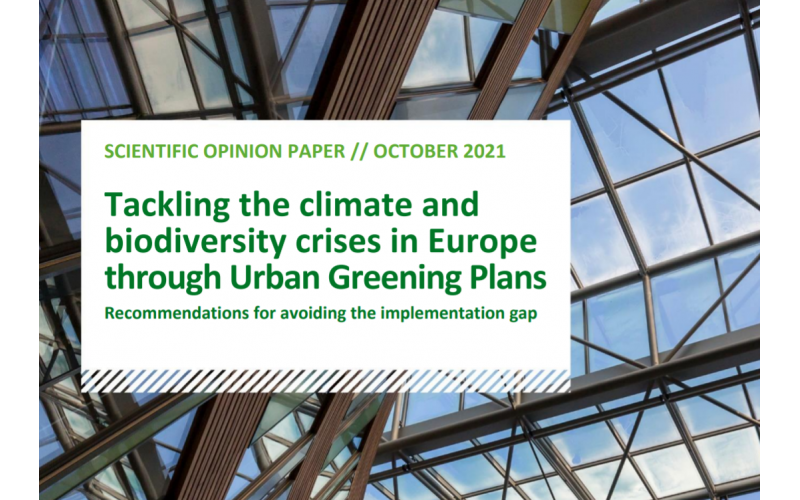To systematically bring nature back to cities, the EU Biodiversity Strategy calls upon cities with
over 20,000 inhabitants to develop Urban Greening Plans (UGP) by the end of 2021. UGP present
a unique opportunity for the systematic integration of urban green infrastructures in urban planning across Europe. However, whilst scientific evidence for the relevance and effectiveness of NbS for climate resilience, biodiversity gains, and other aforementioned areas is rapidly expanding, implementation is lagging behind. Thus, an exploration of those barriers with direct relevance to UGP formed the starting point for the recommendations of the authors presented in this paper. Most of them point to the need for enabling governance, regulatory and financing frameworks and guidance, accompanying such UGP, leading to five recommendations:
(1) the development of an overarching Urban Greening Strategy to translate into Urban Greening Plans as operational plans,
(2) a stakeholder participation strategy and a UGP narrative guideline for consistent messaging that enables buy-in,
(3) prioritizing nature and biodiversity over competing land use in planning instruments and targets,
(4) SMART indicators to support regular monitoring against established goals, and
(5) business and investment models as well as financing mechanisms, that recognize the potential of co-benefits and revenue generation of urban greening actions.

